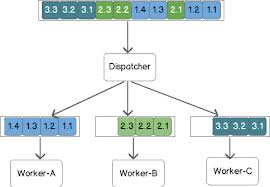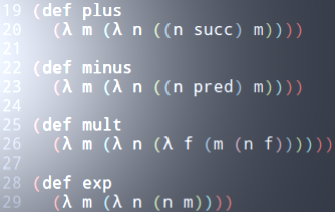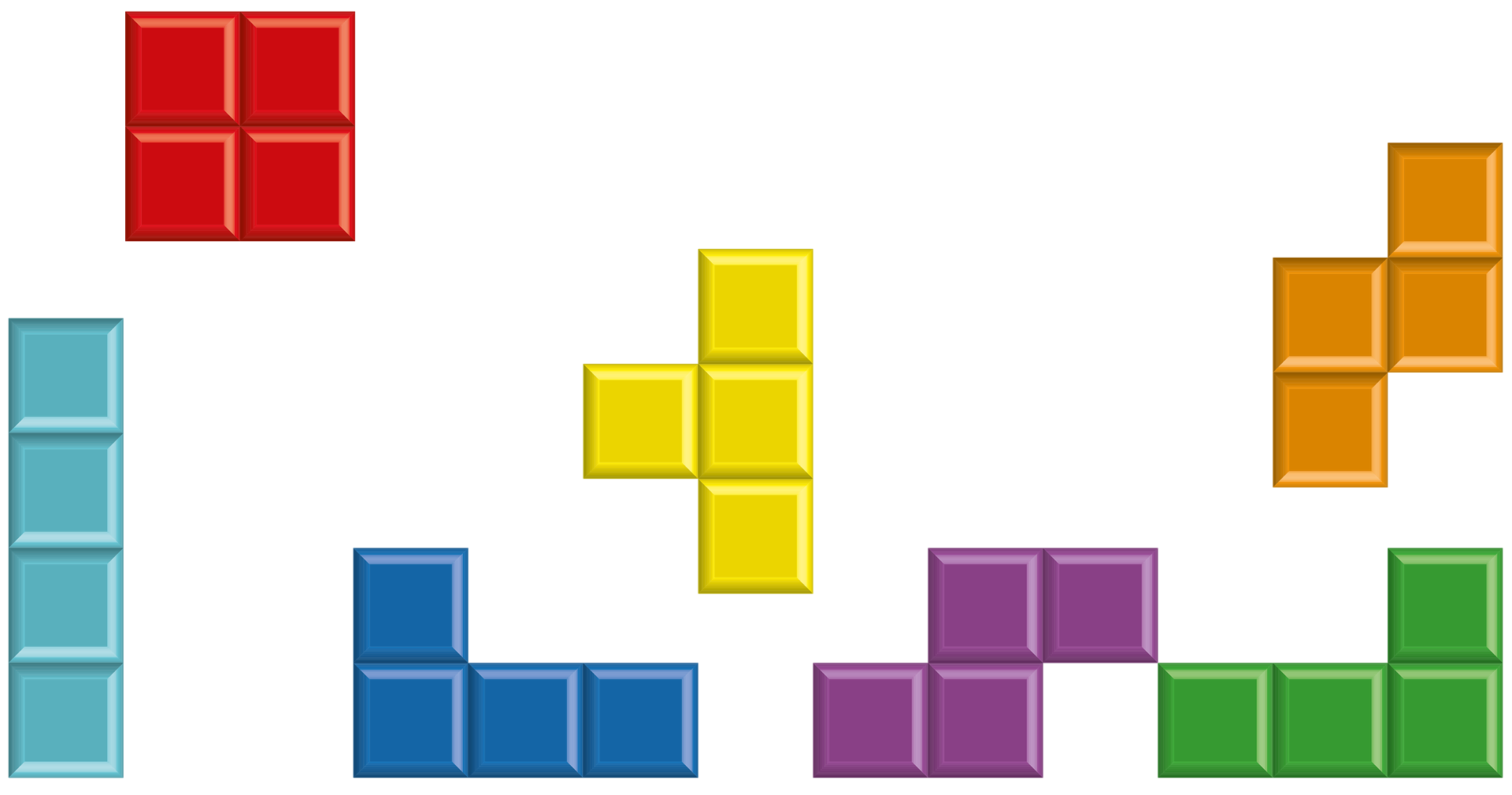CAREER OPEN HOUSE | 31st Jan, 7pm
We’re hiring Java and .NET Craftspeople in London & Barcelona. Come and meet us at our Career Open House on 31st January to learn more.
Design Patterns in the 21st Century: The Abstract Factory Pattern
- By Samir Talwar
- Posted 14 Apr 2015
- design-patterns functional-programming java
This is part two of my talk, Design Patterns in the 21st Century.
This pattern is used everywhere in Java code, especially in more "enterprisey" code bases. It involves an interface and an implementation. The interface looks something like this:
public interface Bakery {
Pastry bakePastry(Topping topping);
Cake bakeCake();
}
And the implementation:
public class DanishBakery implements Bakery {
@Override public Pastry bakePastry(Topping topping) {
return new DanishPastry(topping);
}
@Override public Cake bakeCake() {
return new Aeblekage(); // mmmm, apple cake...
}
}
More generally, the Abstract Factory pattern is usually implemented according to this structure.

In this example, Pastry and Cake are "abstract products", and Bakery is an "abstract factory". Their implementations are the concrete variants.
Now, that's a fairly general example.
In actual fact, most factories only have one "create" method.
@FunctionalInterface
public interface Bakery {
Pastry bakePastry(Topping topping);
}
Oh look, it's a function.
This denegerate case is pretty common in in the Abstract Factory pattern, as well as many others. While most of them provide for lots of discrete pieces of functionality, and so have lots of methods, we often tend to break them up into single-method types, either for flexibility or because we just don't need more than one thing at a time.
So how would we implement this pastry maker?
public class DanishBakery implements Bakery {
@Override public Pastry apply(Topping topping) {
return new DanishPastry(Topping topping);
}
}
OK, sure, that was easy. It looks the same as the earlier DanishBakery except it can't make cake. Delicious apple cake… what's the point of that?
Well, if you remember, Bakery has a Single Abstract Method. This means it's a Functional Interface.
So what's the functional equivalent to this?
Bakery danishBakery = topping -> new DanishPastry(topping);
Or even:
Bakery danishBakery = DanishPastry::new;
Voila. Our DanishBakery class has gone.
But we can go further.
package java.util.function;
/**
* Represents a function that
* accepts one argument and produces a result.
*
* @since 1.8
*/
@FunctionalInterface
public interface Function<T, R> {
/**
* Applies this function to the given argument.
*/
R apply(T t);
...
}
We can replace the Bakery with Function<Topping, Pastry>; they have the same types.
Function<Topping, Pastry> danishBakery = DanishPastry::new;
In this case, we might want to keep it, as it has a name relevant to our business, but often, Factory-like objects serve no real domain purpose except to help us decouple our code. (UserServiceFactory, anyone?) This is brilliant, but on these occasions, we don't need explicit classes for it—Java 8 has a bunch of interfaces built in, such as Function, Supplier and many more in the java.util.function package, that suit our needs fairly well.
Here's our updated UML diagram:
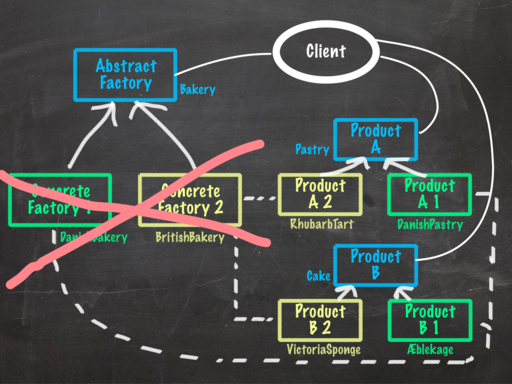
Aaaaaah. Much better.
Tomorrow, we'll be looking at the Adapter pattern.
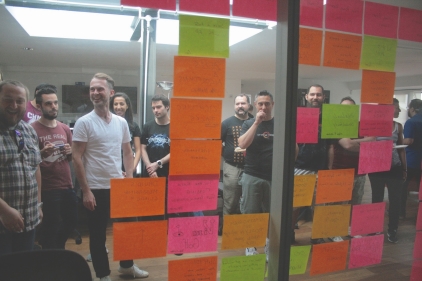
We're hiring!
Enjoying this article?
Related Blogs
Design Patterns in the 21st Century: Conclusion
- Samir Talwar
Design Patterns in the 21st Century, Part One
- Samir Talwar
Saxon XQuery With Multiple Documents
- Mashooq Badar
JVM Profiling: Thread Dumps
- Mashooq Badar
Recent Blogs
Lambda Calculus in Clojure (Part 2)
- Sergio Rodrigo Royo
One Year of Codurance Barcelona
- Guillem Fernandez
Functions
- Christian Panadero Martinez
Applicative Functors and data validation, part II
- Carlos Morera de la Chica
Living a Coderetreat as a facilitator
- Raquel M Carmena
Tetris - Failed Experiment: Next Steps
- Dan Cohen

Software is our passion.
We are software craftspeople. We build well-crafted software for our clients, we help developers to get better at their craft through training, coaching and mentoring, and we help companies get better at delivering software.
Latest Blogs
One Year of Codurance Barcelona...
Functions
Useful Links
Contact Us
London EC1V 0JR
Phone: +44 207 4902967
Carrer Aragó, 208
08011, Barcelona
Phone: +34 689 723 737
Email: hello@codurance.com




